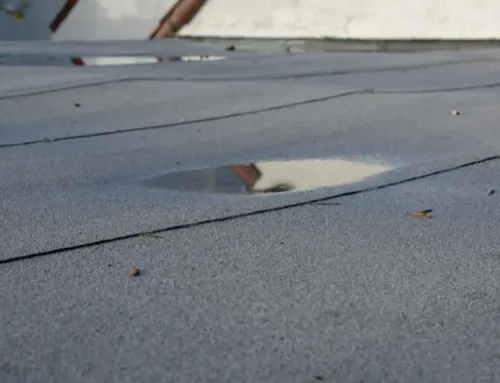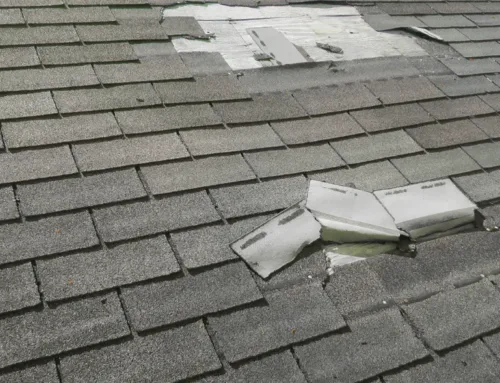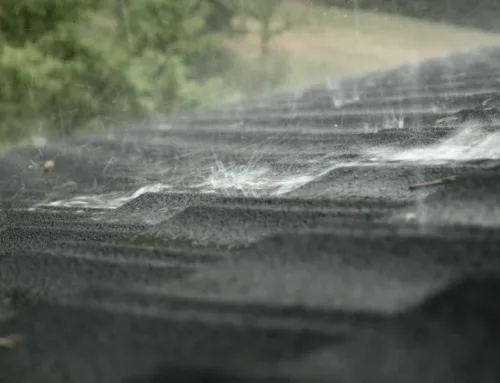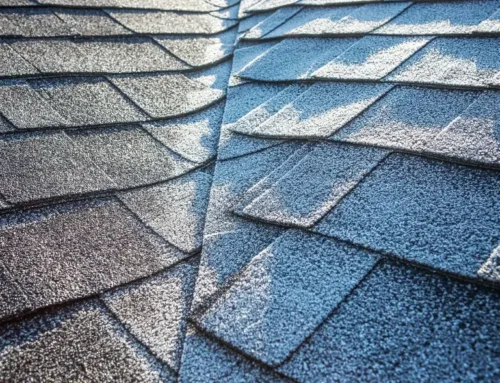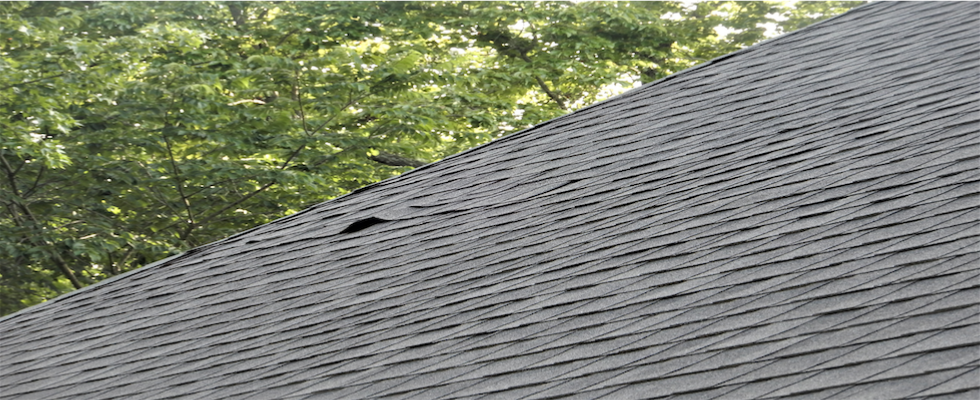
Common Roofing Problems and How to Prevent Them
Everything’s bigger in Texas – including the elements that can spell trouble for your home’s roof. Large storms, intense UV rays, and extreme temperatures can slowly chip away at your roof’s integrity. To protect the longevity of your home’s roof, watch for these common roofing problems to prevent damage before it takes hold.
Storm Damage
It’s no secret: Texas has wild weather. The Houston area in particular has an increased risk of severe weather with hurricanes frequenting our shores. High winds, hail, and heavy rainfall can leave lasting roof damage in their wake.
Wind
High wind can lift shingles up and away from the decking. In storms, it’s not uncommon for shingles to be completely blown off of the roof, leaving the underlayment or decking completely exposed. The decking can then become saturated, leaving it open to water and UV damage.
Hail
Hail pounds your roof in an unforgiving projectile attack. Capable of blowing in from multiple angles and varying in size, it can leave dents or even entire holes all the way through your shingles. Hail also wears the asphalt off of your shingles, reducing their performance.
Heavy Rainfall
Like hail, heavy rainfall can wear down the asphalt coating on your shingles. And, in roofs that are already compromised, rain causes water damage to the decking or beyond. This can lead to leakage in the attic or in between exterior walls.
Damaged Shingles
Shingles are exposed to UV rays, rainfall, humidity, extreme temperatures, and other perils. Over time the wear and tear adds up and leaves your shingles brittle, broken, leaky, or peeled up. Even shingle damage that can’t be seen from the ground or by an inexperienced eye can cause lasting damage to the other layers of your roof.
Moisture Buildup
Mold, mildew, and warping are some of the effects of moisture buildup on your roof. Water that pools inside of indentions or divots adds weight and moisture, creating weak spots in your roof. Rotting wood, whether in the decking or deeper, can breed mold and mildew – which can penetrate all the way into your attic and other parts of your home over time.
Clogged Gutters
Gutters without proper drainage backup and cause water damage under the drip edge, which will rot the decking, fascia board and soffit. In addition to roof damage, clogged gutters hold water, making them a breeding ground for an infamous southern supervillain: mosquitoes. The buildup of stagnant rainwater and debris makes for an unpleasant surprise when full gutters eventually bend, break, or leak their contents.
Loose or Damaged Flashing
Flashing keeps moisture and pests out of small ventilation gaps and seams along your roof. If your roof’s flashing is damaged or loose, these nuisances can infiltrate and wreak havoc on your home. The structural integrity of your home can be compromised if flashing isn’t doing its job.
Poor Roof Installation
Poor roof installation poses significant risks to both property and safety. Inadequate installation can lead to the issues mentioned above, which may result in costly repairs. A poorly installed roof is also more susceptible to wind damage and can become a safety hazard during severe weather events. To ensure the longevity and safety of your home, it is essential to invest in professional, high-quality roofers.
Preventing These Common Roofing Problems
To prevent these dangers, it’s essential to regularly inspect your roof and address any issues promptly. Proper maintenance and timely repairs can help safeguard your home from these potential problems. To ensure the quality of your roof, contact Alliance Roofing to schedule a professional roof inspection. We’ll help you determine if your roof is in need of repair, and give expert advice for prolonging the life of your home’s roof – even in the extreme south Texas climate.

